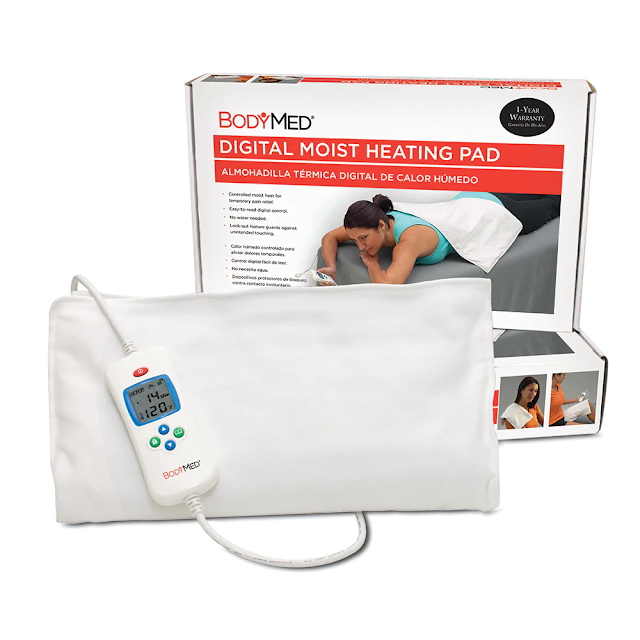A Complete Guide On How To Use Heating Pads To Relieve Pain
A heating pad is a pad that is used to warm up a portion of the body to relieve discomfort. Localized heat induces blood vessels in that location to widen, increasing circulation to the target organ. Electrical, chemical, and hot water bottle heating pads are examples of heating pads. Other settings make use of specialized heating pads (mats). Heat mats are used in plant propagation to increase seed germination and root growth at lower temperatures. Heat mats are also offered in the pet trade, particularly for reptiles such as lizards and snakes.
Types of Heating Pads
Electrical
Electric pads are often powered by home electricity and must be protected from overheating. A wet heating pad is placed on the person's skin. These pads detect temperatures ranging from 76 to 82 °C and are meant for deep tissue therapy. If left unattended, they can be harmful. An electric heating pad is comparable to an electric heating pad in appearance, but it is curled to wrap around joints.
Chemical
A one-time endothermic reaction is used in disposable chemical pads. One form, commonly used for hand warmers, is activated by unwrapping an airtight package containing slightly damp iron dust and salt or catalysts, which rusts after already being introduced to oxygen in the air for many hours.
Advantages and benefits of Heating Pads
Heating pads have several advantages and applications for relieving aches, pains, cramps, and muscular stiffness. Heating pads are a type of heat treatment that encourages regular blood flow in the body. When dealing with an injury, heating pads are an excellent technique to alleviate muscle or joint pain. For severe to moderate pain, ultraviolet heating pads that penetrate deeper into tendons are an excellent alternative.
Another advantage of heating pads is their portability; they may be used in almost any place if cells or a power supply are available. Users can adjust the degree of heat required to relieve the condition they are treating. When searching for a heating pad, look for one with an automated shut-off option to avoid burns and scorching if you feel sleepy on it.
Moist heating pads are useful for pain relief, but they can be harmful if used incorrectly. Here are some safety measures to keep you safe.
· Set a heating pad or hot gel pack away from your skin. To avoid burning, envelop it in a handkerchief before putting it on your skin.
· Don't sleep with a heating pad.
· If you're using a warm compress, begin with the lowest setting and gradually raise the heat intensity.
· Use a heating pad with a cracked or damaged electrical cable at your own risk.
· Do not use a heating pad on injured skin.
There is a heating pad suitable for each form of pain. If you don't have a heating pad, you may achieve similar heat treatment outcomes with a hot shower, bath, or handmade heating pad. Different heating pads for a variety of applications are listed below.
· Backache and Cramps
· Joint Ache
· Shoulders and Neck
· Whole Body




Comments
Post a Comment